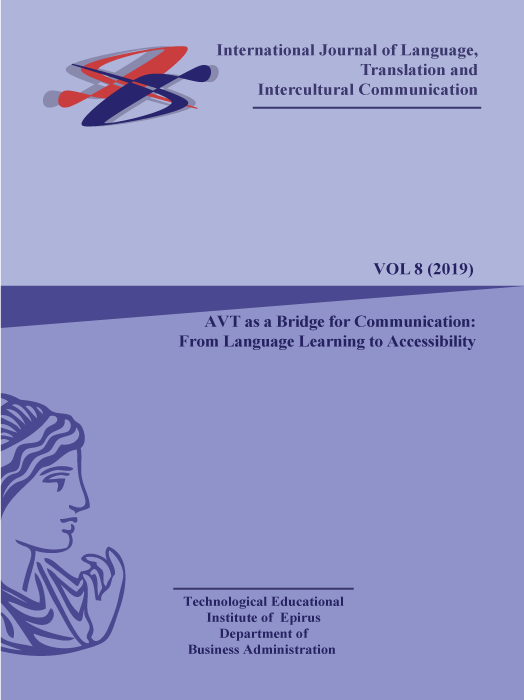Teaching Vocabulary to Deaf Students Through Enriched Subtitling: A Case Study in Qatar

Abstract
This interdisciplinary study examines the impact of using enriched subtitling (ES), within a total communication (TC) holistic approach to language learning, on the acquisition of vocabulary by deaf and hard of hearing (DHH) students.
The performance of the students in an experimental class, using an ES-based lesson, was compared to two classes using traditional educational methods, focusing on text reading and sign language. The classes were followed by three tests, one immediately after the class, and two other delayed tests, a day and a week later. Qualitative and quantitative data was collected and triangulated through class observations, student feedback, test results, focus group discussions, and interviews. Test results showed that the experimental class achieved the best results, supporting the research hypothesis that, when integrated in carefully planned lessons, ES can be a valuable tool to enhance vocabulary acquisition by deaf students.
Article Details
- How to Cite
-
HAMDY HASSAN, R., & NEVES, J. (2019). Teaching Vocabulary to Deaf Students Through Enriched Subtitling: A Case Study in Qatar. International Journal of Language, Translation and Intercultural Communication, 8, 10–27. https://doi.org/10.12681/ijltic.20274
- Section
- Articles

This work is licensed under a Creative Commons Attribution-NonCommercial-ShareAlike 4.0 International License.
Copyright Notice
Authors who publish with this journal agree to the following terms:
- Authors retain copyright and grant the journal right of first publication with the work simultaneously licensed under a Creative Commons Attribution License that allows others to share the work with an acknowledgement of the work's authorship and initial publication in this journal.
- Authors are able to enter into separate, additional contractual arrangements for the non-exclusive distribution of the journal's published version of the work (e.g., post it to an institutional repository or publish it in a book), with an acknowledgement of its initial publication in this journal.
- Authors are permitted and encouraged to post their work online (e.g., in institutional repositories or on their website) prior to and during the submission process, as it can lead to productive exchanges, as well as earlier and greater citation of published work (See The Effect of Open Access).


